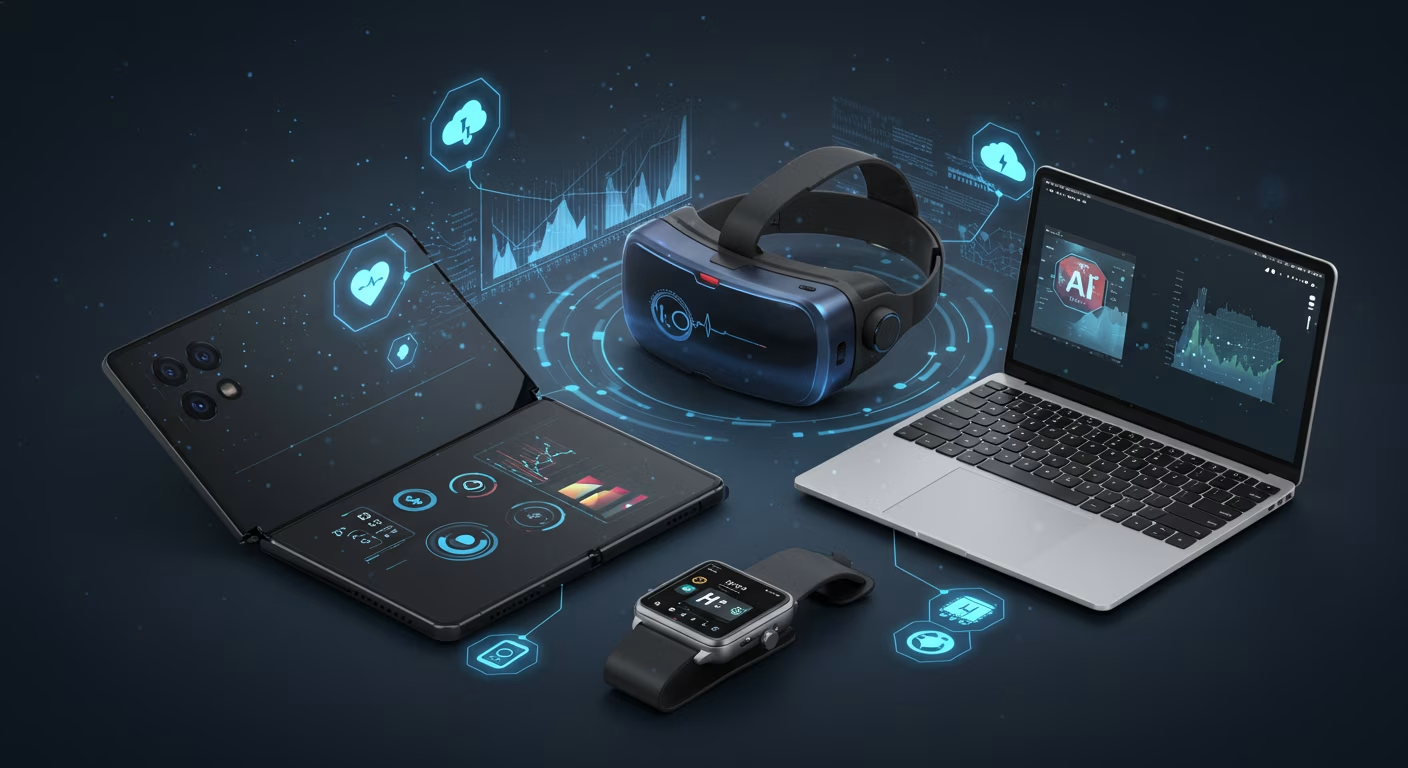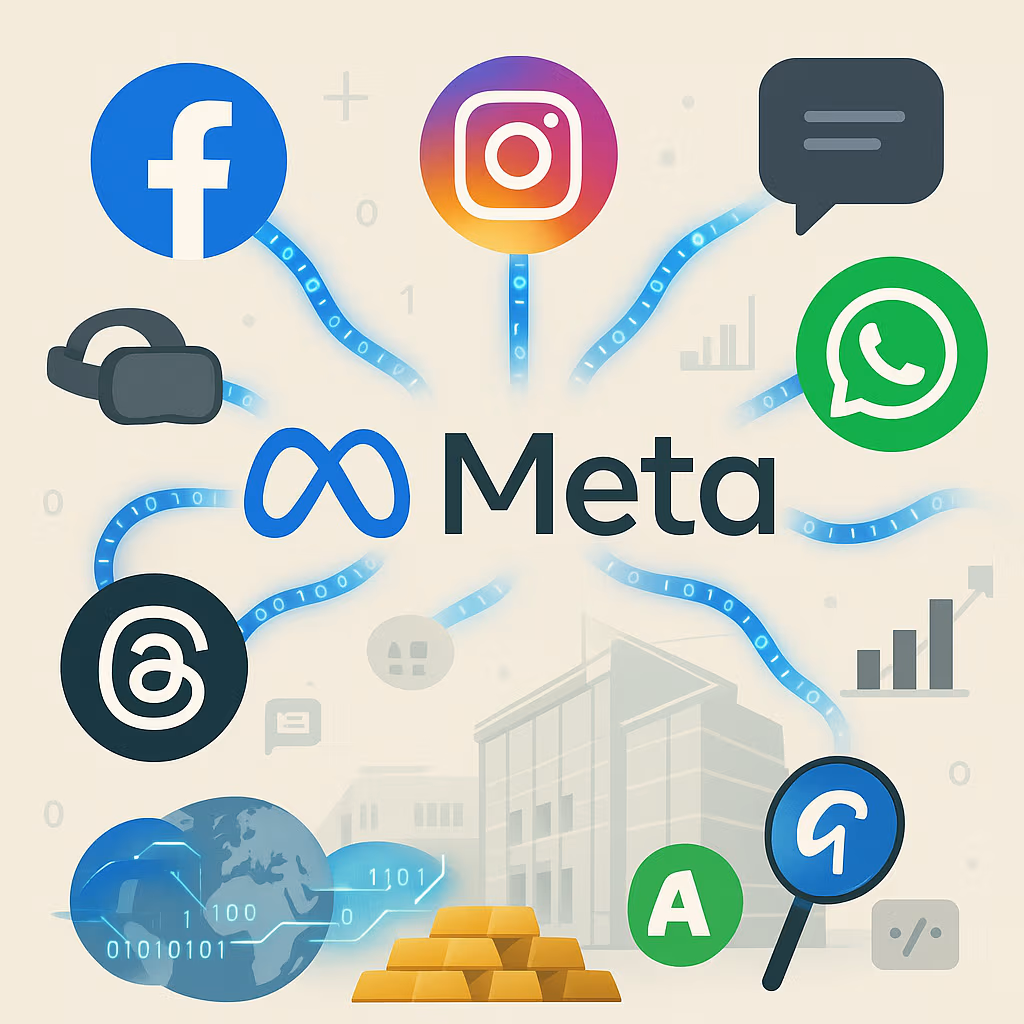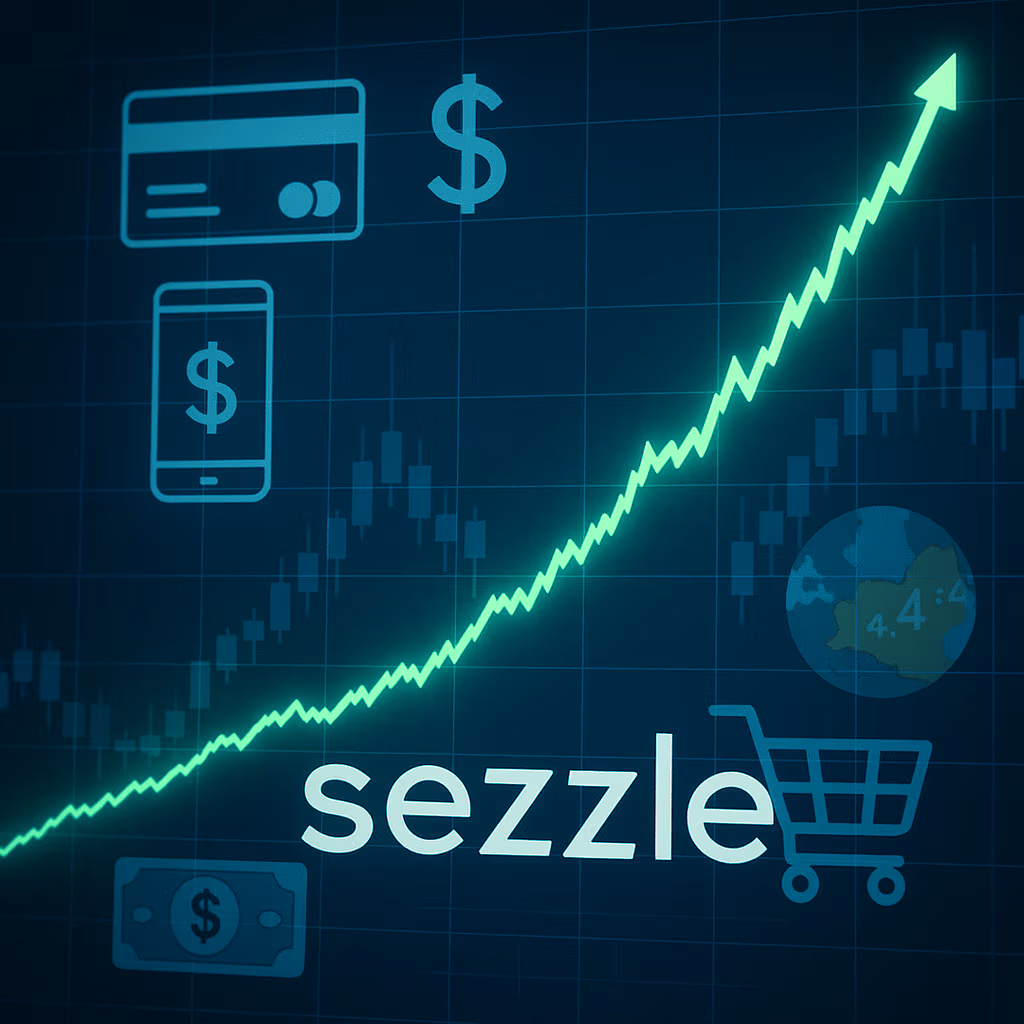The world of consumer technology is moving faster than ever. With AI-powered devices, foldable form factors, smart wearables, and mixed-reality headsets dominating headlines, 2024 has already been a groundbreaking year for innovation. Whether you’re a tech enthusiast, a casual consumer, or a business leader trying to stay ahead of trends, the latest wave of consumer tech offers powerful clues about where digital lifestyles are headed next.
From smartwatches that track stress levels to AI laptops that predict your workflow, this year’s most exciting releases reflect a central theme: smarter, more personalized, and seamlessly connected experiences. Let’s dive into the top developments in consumer tech and devices shaping the market right now.
Apple Vision Pro: The Mixed Reality Gamechanger
Arguably the most buzzworthy launch of the year, Apple’s Vision Pro marks the company’s bold entrance into the mixed-reality space. This spatial computing headset blends augmented reality (AR) and virtual reality (VR), allowing users to interact with apps, videos, and games in a fully immersive environment.
Equipped with eye tracking, spatial audio, and gesture-based control, the Vision Pro isn’t just for entertainment—it’s designed for productivity, communication, and creative work. Though expensive at launch, Apple’s device is setting the tone for the future of mixed-reality ecosystems, especially for developers and content creators.
Samsung Galaxy Z Fold 6 and Flip 6: Foldables Refined
Samsung continues to dominate the foldable phone market, and its 2024 Galaxy Z Fold 6 and Flip 6 have made major strides in durability, thinness, and software integration. The Fold 6 now offers a slimmer hinge, improved multitasking capabilities, and enhanced S Pen support—catering to power users and mobile professionals.
Meanwhile, the Flip 6 focuses on style and compact utility, offering a more practical outer screen, longer battery life, and upgraded camera software. These models prove that foldables are maturing from gimmicks to everyday essentials.
AI-Integrated Laptops from Microsoft and Lenovo
The next wave of AI-enhanced PCs has officially arrived. Microsoft’s new Surface Laptop and Lenovo’s Yoga AI series feature dedicated neural processing units (NPUs) to handle tasks like real-time transcription, AI image editing, and performance optimization without draining battery life.
These devices run on next-gen chipsets from Intel and Qualcomm that are built specifically for AI workloads. As generative AI becomes central to productivity software—like Microsoft Copilot and Adobe Firefly—expect AI-native computing to become the new standard for premium laptops.
Google Pixel 9 Series: AI First, Hardware Second
Google’s Pixel 9 and Pixel 9 Pro, expected this fall, continue to push the envelope on AI-driven smartphone experiences. Leaks suggest enhanced computational photography, a smarter Assistant powered by Gemini AI, and deeper integration of Google’s AI tools into Android 15.
With features like real-time language translation, auto-summarization of emails, and improved health tracking, the Pixel line demonstrates how software-first design can transform traditional device categories.
Smartwatches Get Serious About Health
Wearables are no longer just fitness companions—they’re becoming personal wellness assistants. Apple Watch Series 9, Samsung Galaxy Watch 6, and Fitbit Charge 6 are all doubling down on health insights, sleep coaching, and even mental wellness.
The Apple Watch now includes temperature sensing for ovulation tracking, while Samsung’s new BioActive sensor provides real-time electrodermal activity (EDA) readings to monitor stress levels. Expect upcoming models to introduce blood pressure tracking and noninvasive glucose monitoring, potentially disrupting traditional healthcare tools.
Home Tech: Smarter, Greener, and More Integrated
Smart homes in 2024 are all about energy efficiency, automation, and AI control. Amazon’s new Alexa-enabled Echo Hub offers a central command center for smart lights, thermostats, and security systems—powered by local AI for faster response times.
Meanwhile, companies like Ecobee and Nest are introducing smart thermostats with machine learning that adapt to your energy usage patterns and suggest ways to save on utility bills.
Even kitchen tech is getting an upgrade, with GE and LG showcasing smart ovens that use AI vision to recognize food types, recommend cooking settings, and automatically adjust temperature.
Gaming Tech: Portable Powerhouses and Cloud Gaming Expansion
Handheld gaming is enjoying a renaissance. Devices like the ASUS ROG Ally, Lenovo Legion Go, and Valve Steam Deck continue to blur the lines between console and PC gaming.
These powerful portables are optimized for cloud services like Xbox Game Pass, NVIDIA GeForce Now, and Steam Link, allowing users to stream high-end games on the go.
Sony and Microsoft are also investing heavily in cloud-based ecosystems, with rumors of dedicated cloud streaming hardware and AI-assisted game development tools on the horizon.
Sustainability as a Selling Point
As environmental awareness grows, consumers are demanding more sustainable devices. Brands like Fairphone and Framework are promoting modular smartphones and laptops that can be upgraded and repaired instead of replaced.
Apple, Google, and Samsung have all increased their use of recycled materials and extended device support through software updates. Expect more companies to highlight carbon-neutral production, energy-efficient chips, and e-waste recycling programs as core features.
Voice and Vision: The Rise of AI Assistants and Smart Displays
2024 is the year AI assistants become context-aware and proactive. Amazon, Google, and Apple are revamping their virtual assistants to respond to user behavior, location, and tone of voice—moving from passive responders to intelligent companions.
Smart displays are getting camera upgrades and better integration with platforms like Zoom, Teams, and FaceTime—allowing seamless remote work, learning, and even virtual fitness coaching.
Looking Ahead: What’s Next for Consumer Tech?
As AI, edge computing, and ambient interfaces mature, the future of consumer tech will be shaped by hyper-personalization, minimal hardware, and seamless digital-physical interaction. Expect more devices to fade into the background, becoming wearable, embedded, or voice-activated.
Technologies like AR contact lenses, emotion-detecting earbuds, and adaptive clothing are already in prototype stages. The next five years will likely redefine not just what our devices can do—but how they become part of who we are.
A Smarter, More Connected Consumer Experience
From AI-powered PCs and smart glasses to health-centric wearables and eco-conscious gadgets, 2024’s consumer tech boom reflects a deeper shift toward intelligent, intuitive, and sustainable living. Devices are no longer just tools—they’re companions, assistants, and guardians of our digital selves.
For consumers, this means more convenience, control, and customization. For brands, the race is on to deliver meaningful innovation that enhances lives, not just specs. As competition heats up, those who focus on user-centric design, responsible AI, and seamless integration will lead the next frontier of tech.





